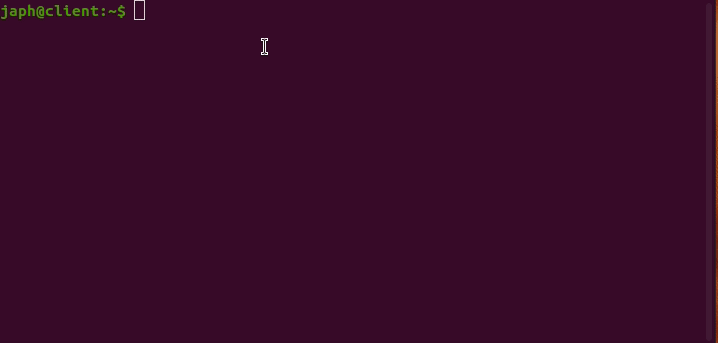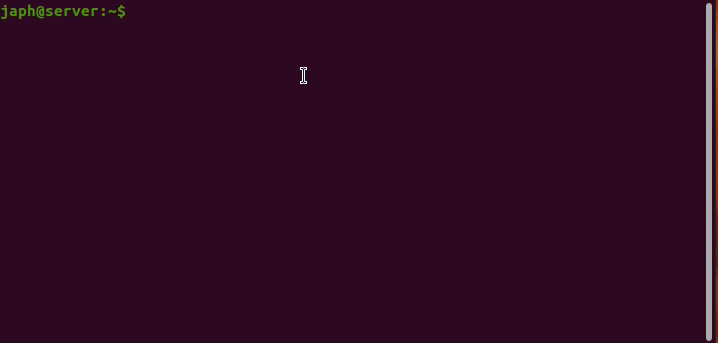Perl TCP client/server sample code
This post explains how to implement a simple Perl client/server using TCP sockets :tada:
I use IO::Socket::INET which is a core module (no need to install). How to know it’s a core module? Check the list of core modules in perldoc or simply use corelist:
$ corelist IO::Socket::INET
Data for 2019-05-22
IO::Socket::INET was first released with perl v5.6.0
Without waiting, let’s move on to the Perl TCP client implementation :+1:
Perl TCP Client
A very simple client, sending a message (containing “japh - “ + the client timestamp) every 3 sec and stopping on signal (Control-C).
The target is localhost (for demo I’m running client and server on same machine) but it could be totally another IP or hostname (obviously… :grinning:).
#!/usr/bin/env perl
use strict;
use warnings;
use IO::Socket::INET;
# auto-flush on socket
$| = 1;
my $continue = 1;
$SIG{INT} = sub { $continue = 0 };
while ($continue) {
my $timestamp = localtime(time);
my $msg = "japh - $timestamp";
# Create a connecting socket
my $socket = new IO::Socket::INET (
PeerHost => 'localhost',
PeerPort => '7777',
Proto => 'tcp',
);
if($socket) {
my $size = $socket->send($msg);
print "Sent!\n";
$socket->close();
}
sleep 3;
}
Start client:
$ perl client.pl
The client sends data then wait 3 seconds, then sends data again and wait, and do it again and again…
As soon as we have the server running, a client live run will look like this:

If you wonder, if the server is not available, no problem, the client will stay alive (and send to nobody until a server is started).
Perl TCP Server
The server looks the same, but is just a bit more complicated with more parameters to $socket constructor and an accept() step:
#!/usr/bin/env perl
use strict;
use warnings;
use IO::Socket::INET;
# auto-flush on socket
$| = 1;
# Creating a listening socket
my $socket = new IO::Socket::INET (
LocalHost => '0.0.0.0',
LocalPort => '7777',
Proto => 'tcp',
Listen => 5,
Reuse => 1
);
die "Cannot create socket $!\n" unless $socket;
$SIG{INT} = sub { $socket->close(); exit 0; };
while(1) {
my $client_socket = $socket->accept();
# Get information about a newly connected client
my $client_address = $client_socket->peerhost();
# Read up to 1024 characters from the connected client
my $data = "";
$client_socket->recv($data, 1024);
print "$client_address - $data\n";
}
The $socket->accept() is blocking and will unblock when the client initiates the connection (new IO::Socket::INET on client side).
The server will retrieve the message ($msg) but also the IP address ($client_address via peerhost() method). It is listening forever and can handle multiple clients.
Below a demo of a running server:

Now with these sample code in your toolbox, you’re ready to implement a custom simple small client/server or a very basic monitoring software! :grin: :muscle: